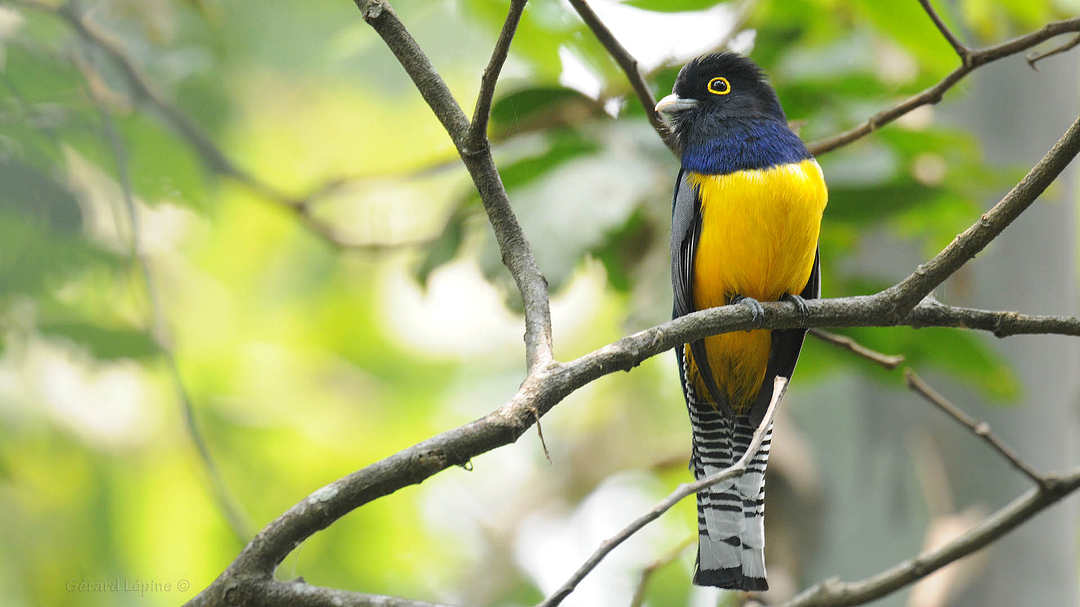
| Tikal archaeology & Tikal Arquitecture |
| Tikal Facts / Tikal & Early Explorers | The Pennsylvania Dig at Tikal / Proyecto National Tikal |
| The Ancient Maya of Tikal | Tikal's Dynastic Rulers | Calendars & The Long Count System | Tikal's Emblem Glyph |
| Acropolis | Lost World | Tikal's Great Plaza | The Twin Pyramid Complexes | Group H / G / F / Bat Palace |
| Temples of Tikal | Tikal's Causeways | Ball-Courts | The Tikal Museums & Visitor Center |
| FAMSI - Tikal's Ceramic Vases & many more Maya Ceramics (External Link) |
Group F, Group P, Group N
Group F
This was Tikal’s marketplace and comprises 4 structures, built on a large platform. An ancient steam bath may be observed in the southernmost corner of the group’s court. Here, merchants purified themselves before engaging in their sacred trade.

Group G
The main building in this group is known as the Palace of Grooves or Channeled Walls (Acanaladuras), which exhibits the head of a serpent, through whose mouth that continues into an inner tunnel is the access to an inner court. This was a residential compound and contains numerous rooms that had built-in beds. There is no satisfactory explanation to why the walls are channeled in this compound, but perhaps they contributed to the collection of water, which was then directed by gravity towards the Tikal reservoirs.
Group H
The first archaeologists to explore Tikal overlooked the group of buildings on Group H. It wasn't discovered until the 1920s and it wasn't dug up until the 1950s.
It is connected to the rest of the site by a huge raised road called a "sacbe," which means, "white road" in Maya. In ancient times, these roads were covered with plaster, giving them a white appearance.

Bat Palace
Between Temples 3 and 4 is the Bat Palace. This structure was originally two-stories high, but the top story collapsed. The lower floor has a double row of rooms; one reaches those at the back through the entrances on the first row. Many openings, resembling windows, on the back of the building also give this structure the name of The Window Palace.


Coe's guide to Tikal is popular as it is concise and includes a map. Other books offer more information on Maya history, see our recommendations on the book and article section in tikalpark.com or search the web for more resources. If you decide to take a guide, make sure he or she is qualified in the subject matter you are most interested in. Take plenty of water, mosquito repellent and a good pair of hiking boots. Discover Tikal and enjoy the largest ceremonial center in the Maya World. Don't forget to visit the museums. The Morley Museum is a small building, close to the parking area where some of Tikal's most valuable ceramics and objects are kept. In the Visitor's Center there is another museum, which houses the Stelae of Tikal. It is a good idea to stay overnight or even for a few days to fully enjoy Tikal. There are three hotels and a camping ground in the park, as well as a number of restaurants and small coffee shops, which provide some comfort for visitors. Should you be lucky enough to visit Tikal on a full moon, do not hesitate and ask for a special permit to visit the park after hours at the Administrator's office beyond the Morley museum. You'll find the administration helpful; they will issue a permit immediately by stamping the reverse of your ticket, which should be purchased daily at the park’s entrance or the booth close to the trail.
We hope you will enjoy www.tikalpark.com and its Spanish version www.parque-tikal.com
For reservations or more information write to us at tikalpark@tikalpark.com.


| Home | Arts | Sciences | Transportation | Lodging | Special Tours | Birding Tours | Tours | Map | About Us | e-mail us | Site Map |